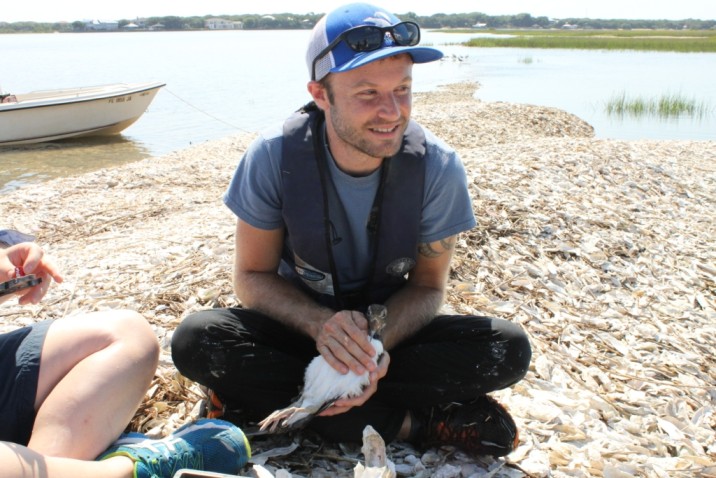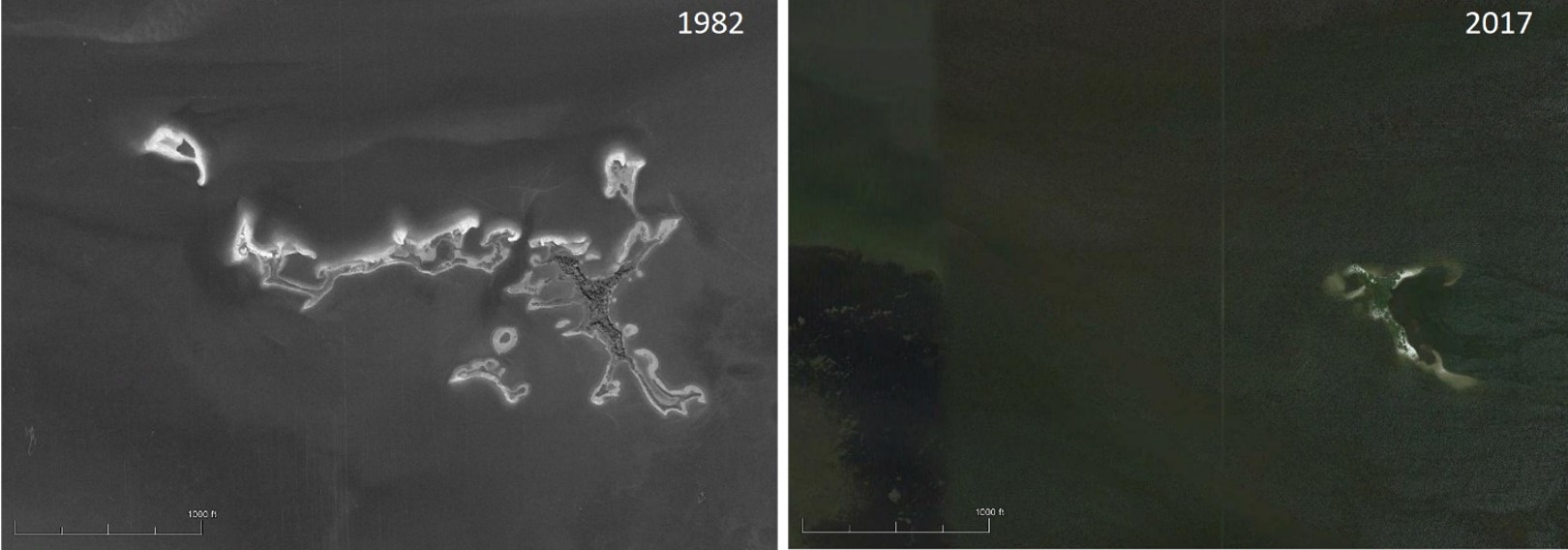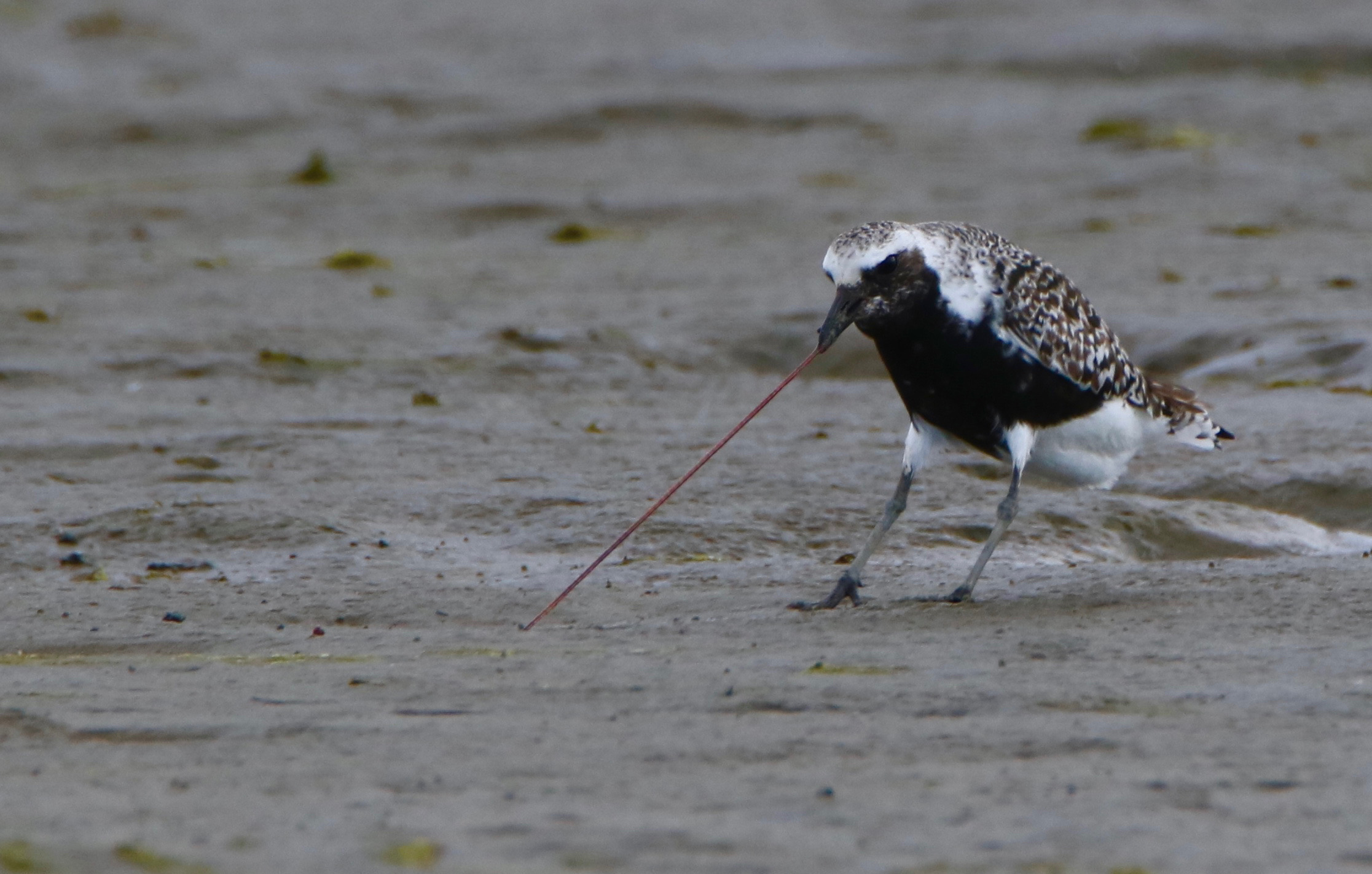Joe Marchionno vividly recalls the sense of wonder he felt as he got an up-close look at a bird for the first time while a colleague at the Florida Fish and Wildlife Conservation Commission (FWC) attached a small band to the bird’s leg to track its movements.

“One of the rewards of doing conservation work is being able to see native wildlife and habitats up close,” said Marchionno. “That, in particular, is a really amazing experience.”
As a third year Ph.D. student in environmental engineering at the University of Florida, Marchionno explores the community level effects between seabirds and habitat forming foundation species, such as oysters, mangroves and marsh grasses. His research focuses on improving marine restoration strategies to benefit threatened birds with the use of natural and nature-based features.
“There’s a huge need in the shorebird and seabird conservation world to restore marine habitats. Most of these habitats are formed by foundation species” said Marchionno, who is co-advised by Associate Professor Christine Angelini, Ph.D. and Assistant Professor Andrew Altieri, Ph.D, both of whom are ecologists. “We’re talking about global declines of foundation species and global declines of shorebirds and seabirds.”

As highly mobile species, with some species like the Arctic Tern migrating round trip from the Arctic circle to Antarctic circle every year, seabirds play a role in connecting and maintaining ecosystems. Seabirds can spread seeds, pollinate plants, control food webs and subsidize nutrients, all of which support ecosystem resilience and help maintain biodiversity.

The health of seabird populations is tied to the fate of the marine ecosystems they depend on for their survival, just as the vitality of ecosystems can be dependent on birds. For this reason, CCS scientists like Marchionno are working across disciplines and sectors around the state to protect and restore these landscapes and find creative, integrated solutions that benefit people and the planet.
“People at CCS are coming up with innovative and holistic ways to restore marine habitats,” said Marchionno. “We have people who are engineers, ecologists, hydrologists. Every single one of them has provided something very important to improve conservation efforts. The cool thing is there’s not just one type of solution, you have a lot of different possible solutions that provide more opportunities to create coastal resiliency.”
Their efforts continue, tackling threats so that the seabirds and shorebirds that bring joy to Marchionno, and all of us, can thrive in the future.
—
By Megan Sam
